Paralympics Categories Explained
To ensure competition is fair and equal all Paralympic sports have a system in place which ensures that winning is determined by skill fitness power endurance tactical ability and mental focus the same factors that account for success in sport for able-bodied athletes. Athletes who compete in the sport are classified from B1 to B3 according to their level of sight.

Intellectually Disabled Paralympians Classification Controversy Sports Integrity Initiative
The RP category is undoubtedly the most diverse of paraclimbing categories.

Paralympics categories explained. Swimmers in this class have use of their arms and trunk. The classification system developed by the CP-ISRA includes eight classes. Classification is the cornerstone of the Paralympic Movement it determines which athletes are eligible to compete in a sport and how athletes are grouped together for competition.
Paralympic classifications explained There are a whole load of categories and classifications in the Paralympics and it can all be a bit difficult to understand. If you see a competition with SB it means that it will be chest style. This class includes a number of different disabilities including people with amputations and cerebral palsy.
CP1 CP2 CP3 CP4 CP5 CP6 CP7 and CP8. S7 SB6 SM7 are disability swimming classifications used for categorizing swimmers based on their level of disability. A large number of these conditions are neurological disabilities such as MS stroke survivors.
Explanatory guide to Paralympic classification in Paralympic summer sports 8 Athletics Eligible impairment types. There will be competitions in the Tokyo 2020 Paralympic Games in which the classification does not only have an S. This to a certain extent is similar to grouping athletes by age gender or weight.
Athletes with a visual impairment are eligible to compete in the sport at the Paralympics. Impaired muscle power Athetosis Impaired passive range of movement Hypertonia Limb deficiency Ataxia Leg length difference. As a growing sport there is a limit to the number of categories we can split the competitors into so the RP category groups together all athletes with conditions that result in you guessed it limited range power and stability.
These classes can be generally grouped into upper wheelchair wheelchair and ambulatory classes. There are 10 broad categories of impairment than each Paralympic athlete is put into eight of them are a form of physical impairment one for visual impairment and one for intellectual. Classification was created and is managed by the International Paralympic Committee IPC which is regularly published via its IPC Athletics Classification Handbook.
Classification is intended to group together athletes with similar levels of physical ability to allow fair competition. To do this athletes are assessed and then placed into competition categories called sport classes according to how much their impairment affects sports performance. They have limited leg function or are missing a leg or parts of both legs.
Classes are given a number and each number is prefixed with either a T which stands for track or an F for field. This process is called classification and its purpose is to minimise the impact of impairment on the activity sport discipline. In Para sports athletes are grouped by the degree of activity limitation resulting from the impairment.
The classification is governed by the International. The other categories of swimming also refer to the styles. If this letter appears alone it means that the competition is in freestyle butterfly or backstroke.
CP1 is the class for upper wheelchair while CP2 CP3 and CP4 are general wheelchair classes. Athletes with co-ordination impairments are in the thirties T31-38. Para-athletics classification is a system to determine which athletes with disabilities may compete against each other in para-athletics events.
Impaired muscle energy Impaired passive vary of motion limb deficiency leg size distinction quick stature muscle rigidity uncoordinated motion involuntary actions imaginative and prescient. Impairments are split into groups for example visually impaired athletes are in the tens T11 T12 and T13. At the Tokyo Paralympics you will note athletes with bodily imaginative and prescient andor mental impairments which have at the very least one of many following 10 eligible impairments.
The aim of classification in Para athletics is to minimise the impact of eligible impairments on the outcome of competition.

Paralympics What Do The Categories Mean Lbc
Paralympic Classifications Explained Abc News
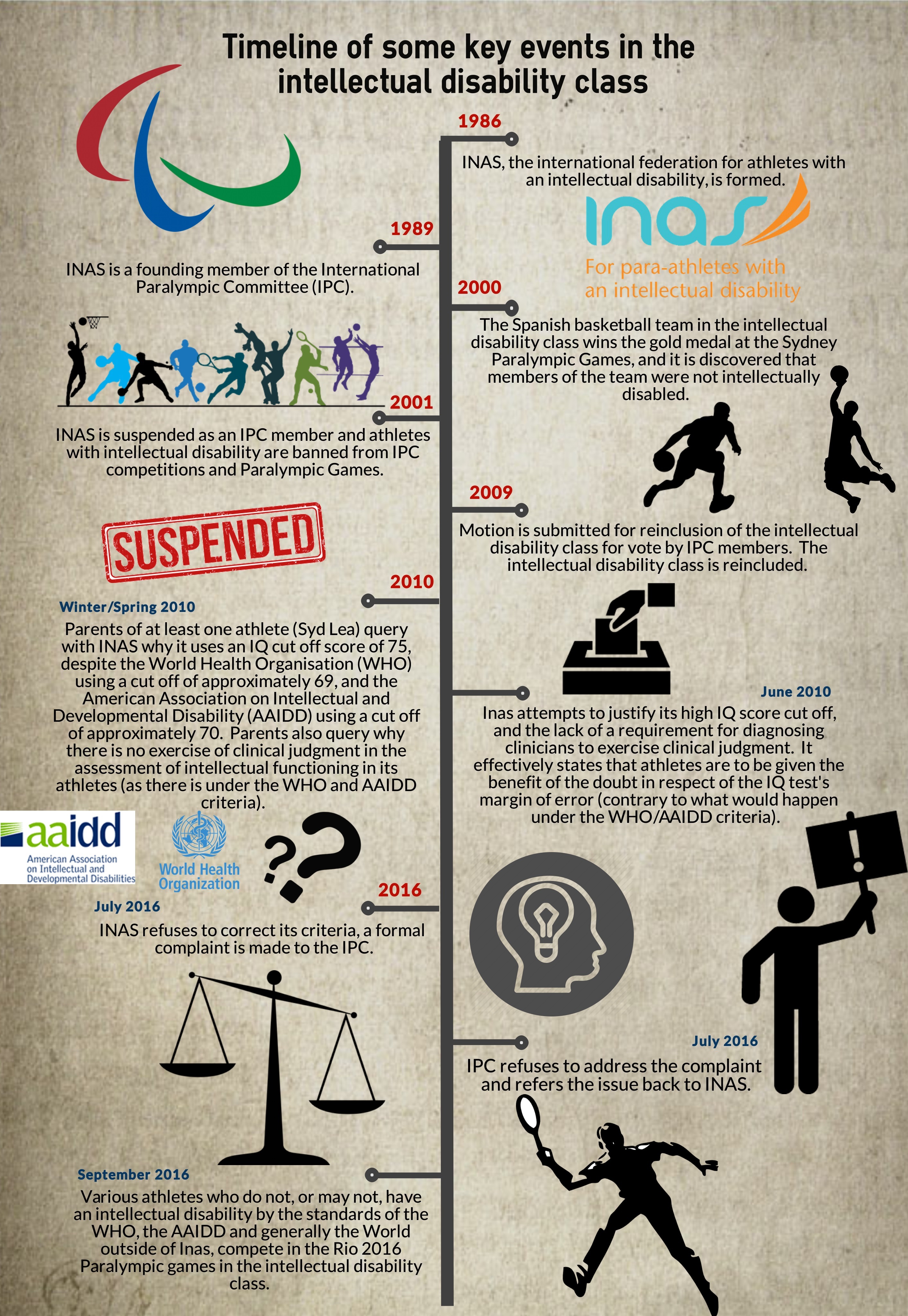
Intellectually Disabled Paralympians Classification Controversy Sports Integrity Initiative
Para Athletics Explained Classification International Paralympic Committee
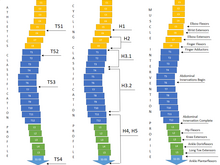
Wheelchair Sport Classification Wikiwand

Paralympics 2012 Classifications Explained

Wheelchair Sport Classification Wikiwand
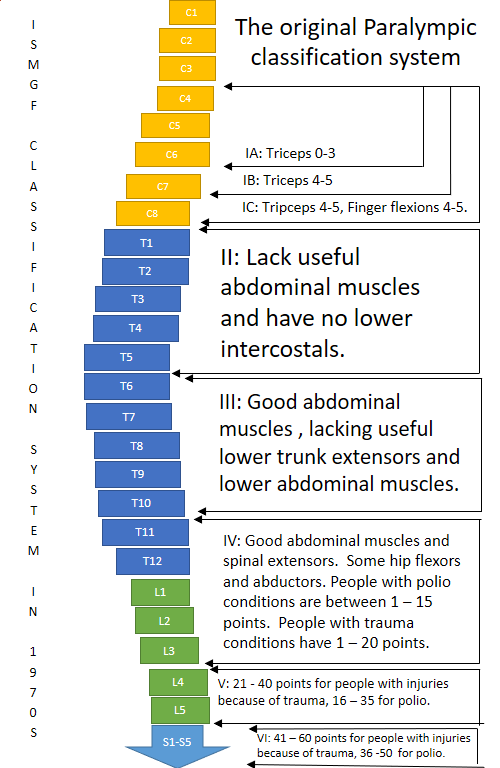
Wheelchair Sport Classification Wikiwand

Pdf Intellectual Disability Sport And Paralympic Classification
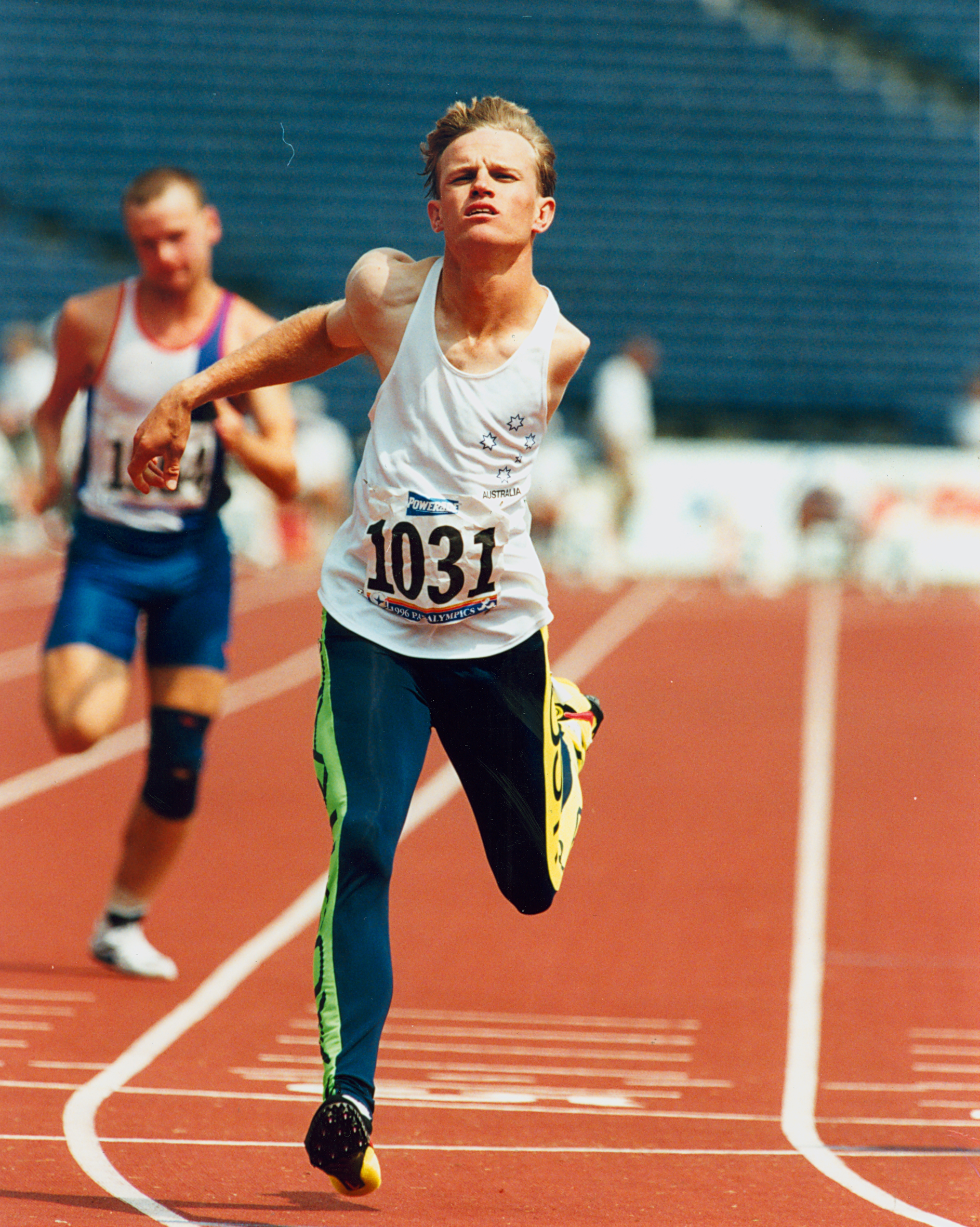
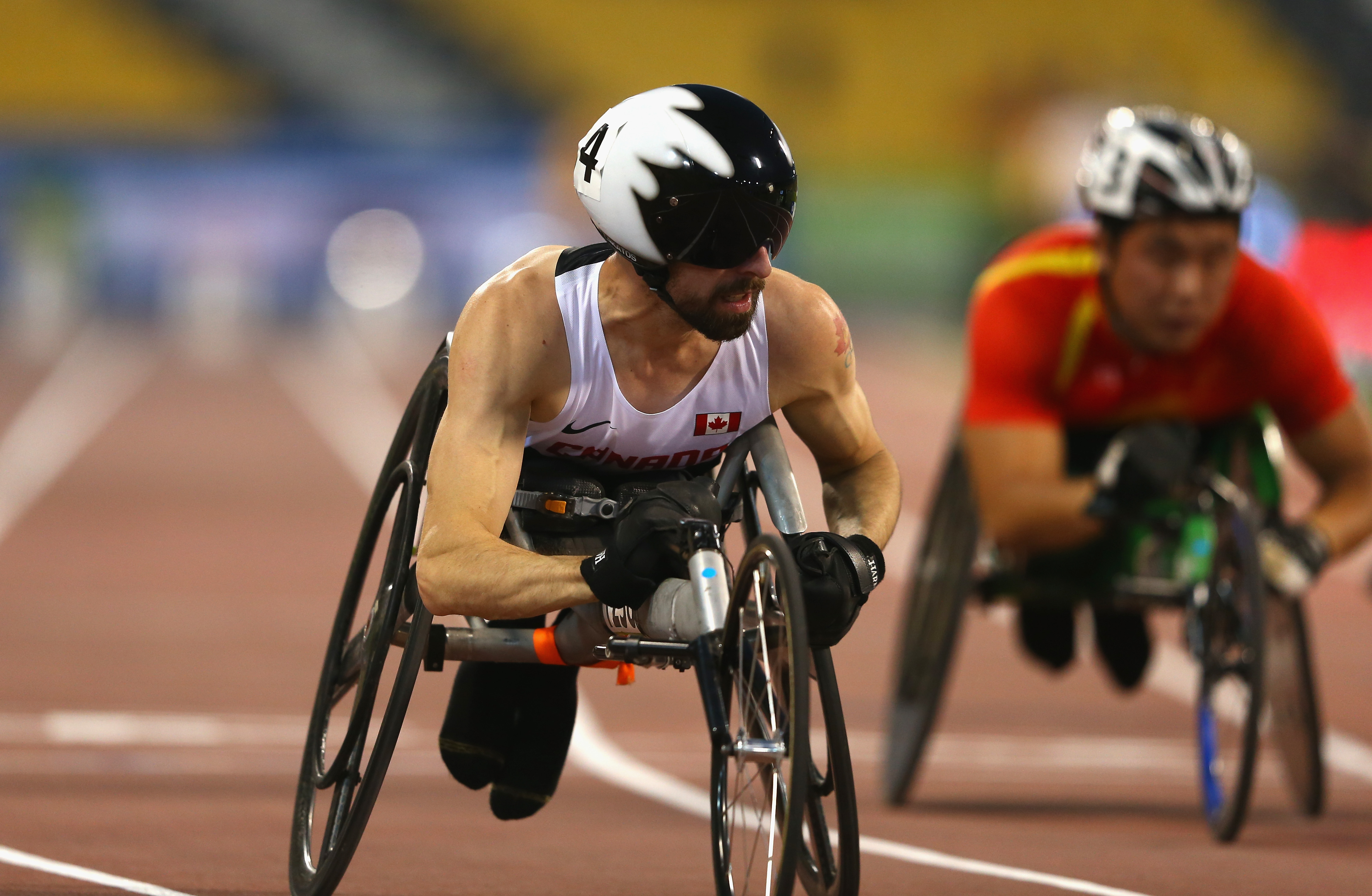
Posting Komentar untuk "Paralympics Categories Explained"